Here be details.
So, i've always wanted to build an autonomous roving platform with lasers and SLAM. It has always been either too cost prohibitive or too difficult to build. Now that Pulsed Light3D has a cheap laser range finder and I have a 3D printer, I can finally see this idea come to light.
All my 3D models are designed using inventor and printed on a Makerbot 5th Gen. I'll post all the STL's here shortly ... just getting this setup.
You can watch a working unit here: https://www.youtube.com/watch?v=nIvOWfxFefc
 Jason Wood
Jason Wood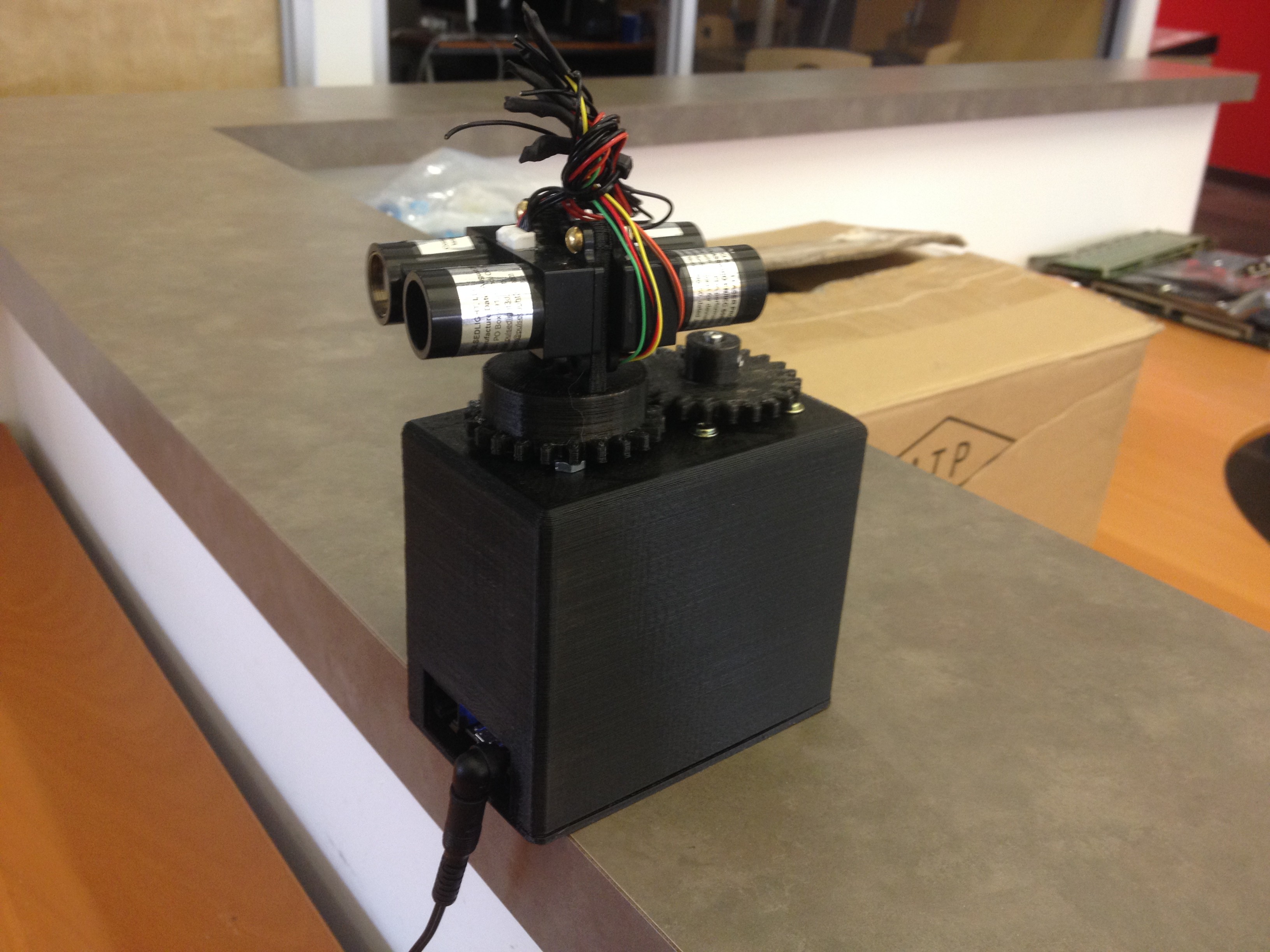
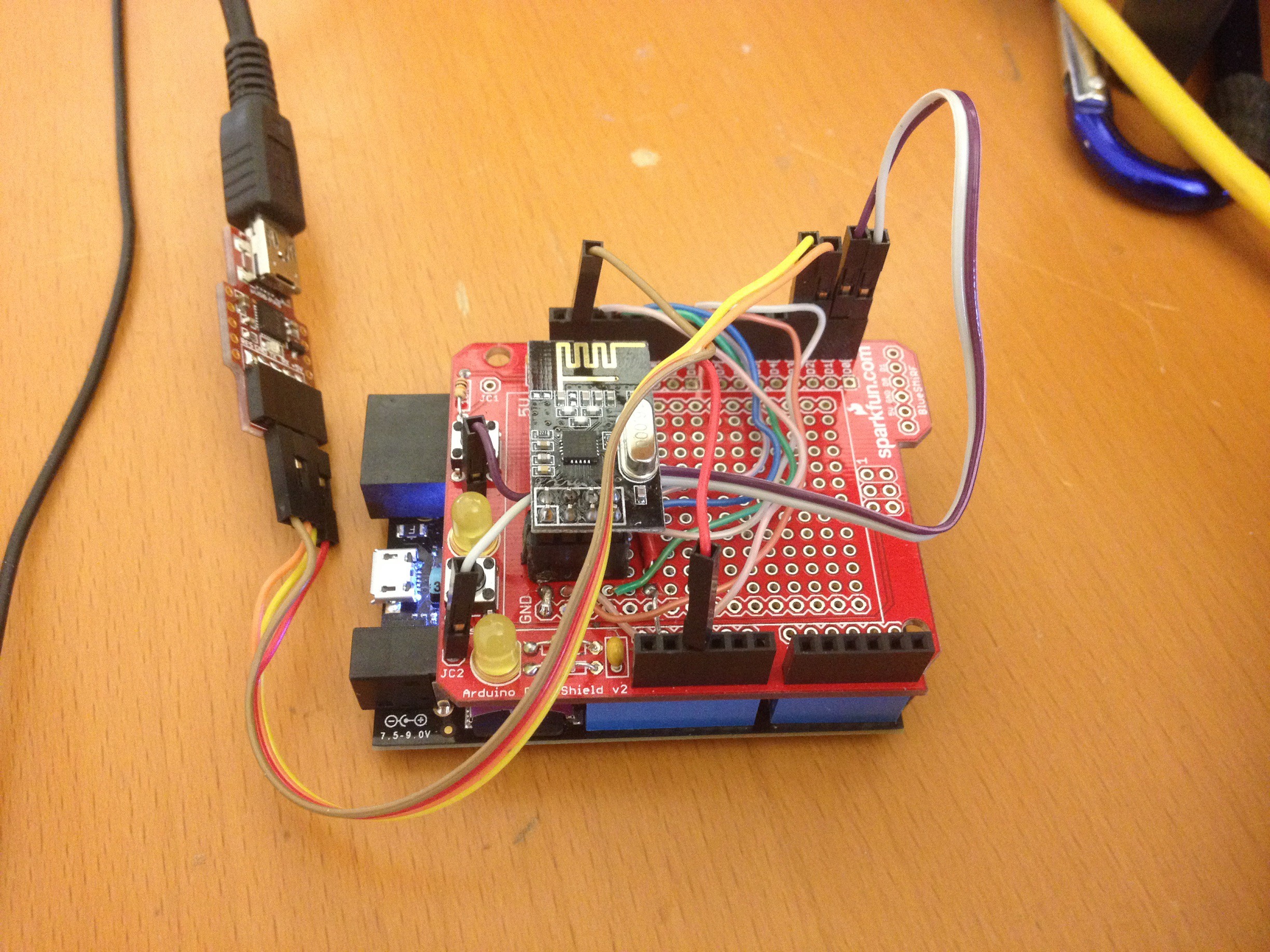

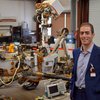
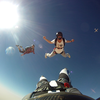


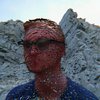
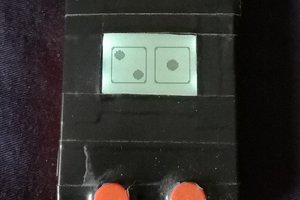
 Joe De Filippis
Joe De Filippis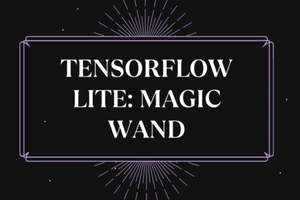
 pammyleong
pammyleong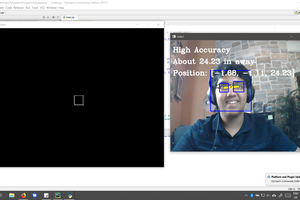
 Shranav Palakurthi
Shranav Palakurthi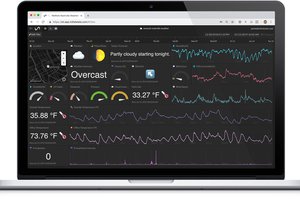
 Initial State
Initial State
how much power does it use